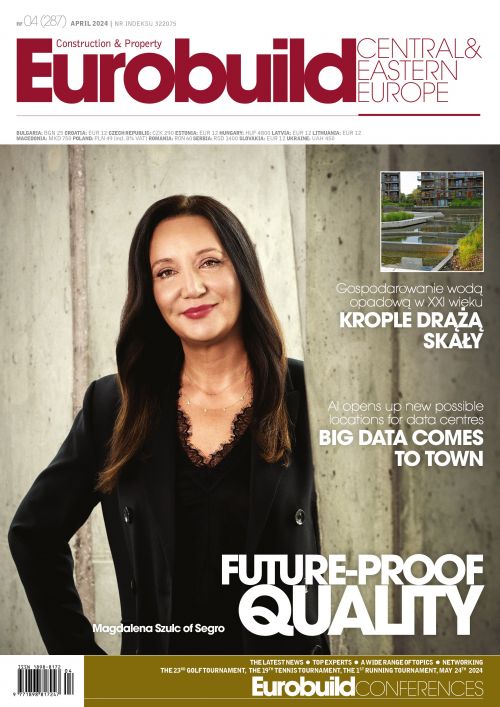More space is increasingly required for data processing centres – as well as more and more electricity. According to Cushman & Wakefield’s ‘2023 Global Data Center Market Comparison’ report, last year their total energy consumption came to 7.4 GW worldwide, a significant increase on the 4.9 GW they required in 2022. The biggest data centre markets in Europe have been given the acronym FLAP-D (Frankfurt, London, Amsterdam, Paris and Dublin). “The data centre market has become highly concentrated and it’s now hitting barriers in the way of its expansion in the form of access to electricity and new plots. There’s still a lot of demand in the FLAP-D markets for data centres, but it’s becoming harder and more expensive to build them in those locations,” explains Piotr Kowalski, the head of Innovation at Beyond.pl, which operates two data centres in Poznań.
According to market analysts PMR, the cumulative power used by Polish data c































































